有限会社松光山栄光
Flower ring 5 inch plate
Flower ring 5 inch plate
Supplementary product information
Supplementary product information
Production area: Yamaguchi Prefecture
Size:
・(Diameter) 15cm
・(Height) 2cm
Material: Pottery
<Usage Instructions>
・Microwave use is permitted. (Limited to warming purposes only.)
・When using a dishwasher, please arrange items so they do not touch each other (to prevent contact between dishes and avoid damage.)
・Before each use, soak the vessel in water and allow it to fully absorb water, which will reduce absorption of cooking juices and liquids.
・With continued use, the crazing will gradually take on color, but this patina is one of the distinctive characteristics of Hagi pottery, so please enjoy this transformation.
・Since Hagi pottery readily absorbs moisture, please ensure it is completely dry before storage. Insufficient drying may cause mold.
Couldn't load pickup availability
This is a scalloped-shaped small plate.
The scalloped form adds elegance to your dining table.
Available in two colors: "青萩釉" and "粉引紫".
※As each piece is handcrafted, the size and appearance of individual items may vary slightly. Please understand this before placing your order.
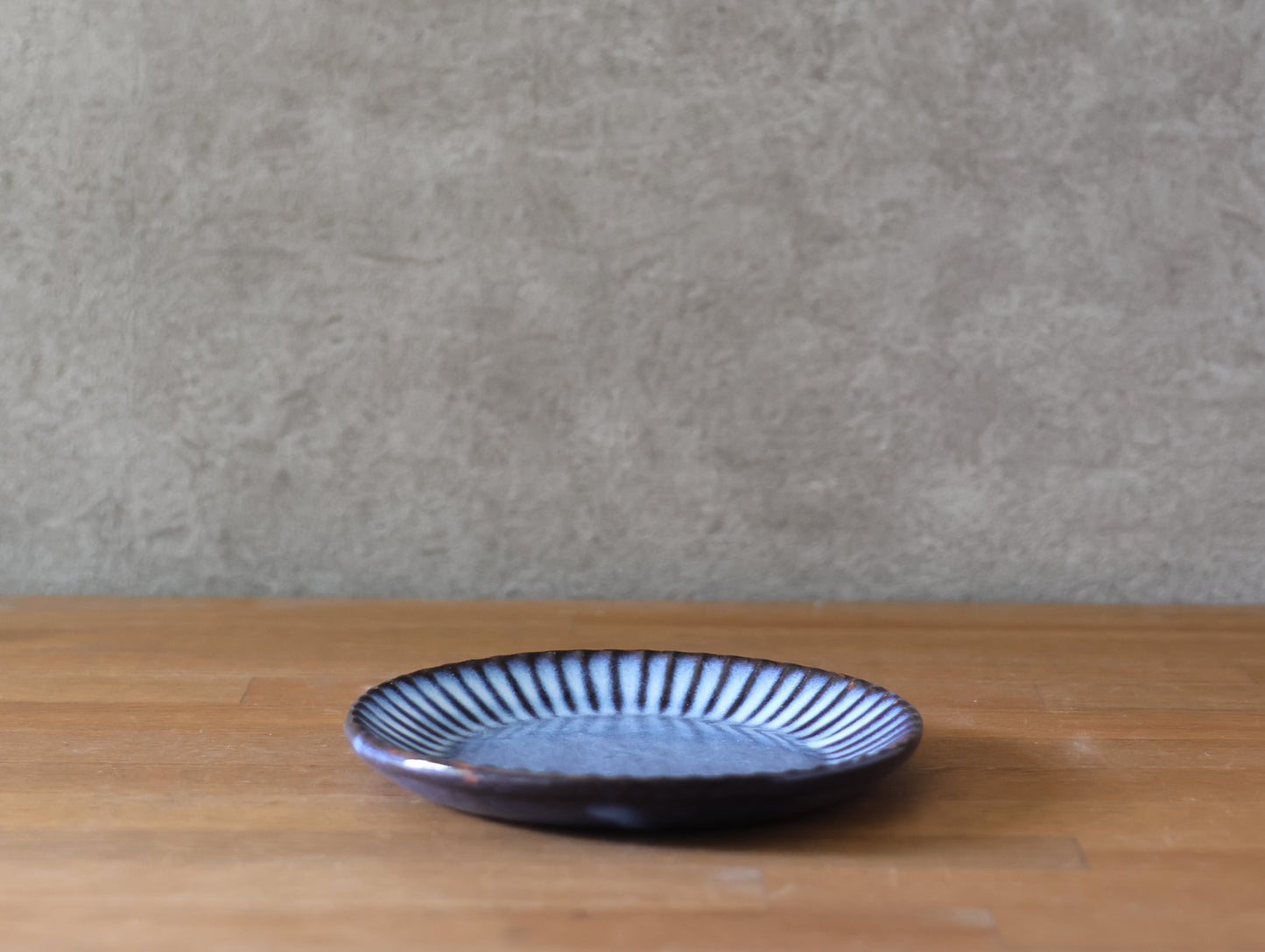
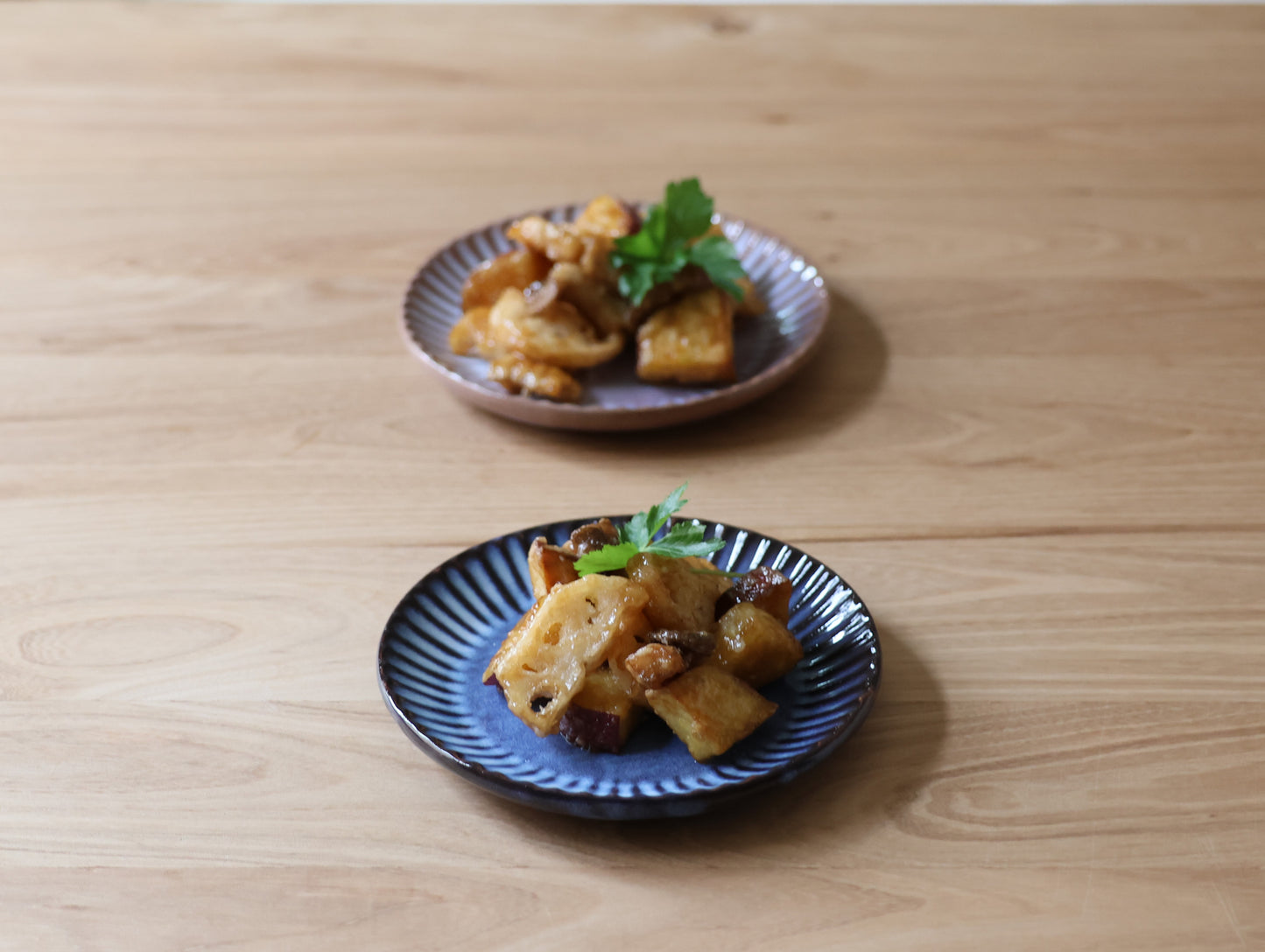

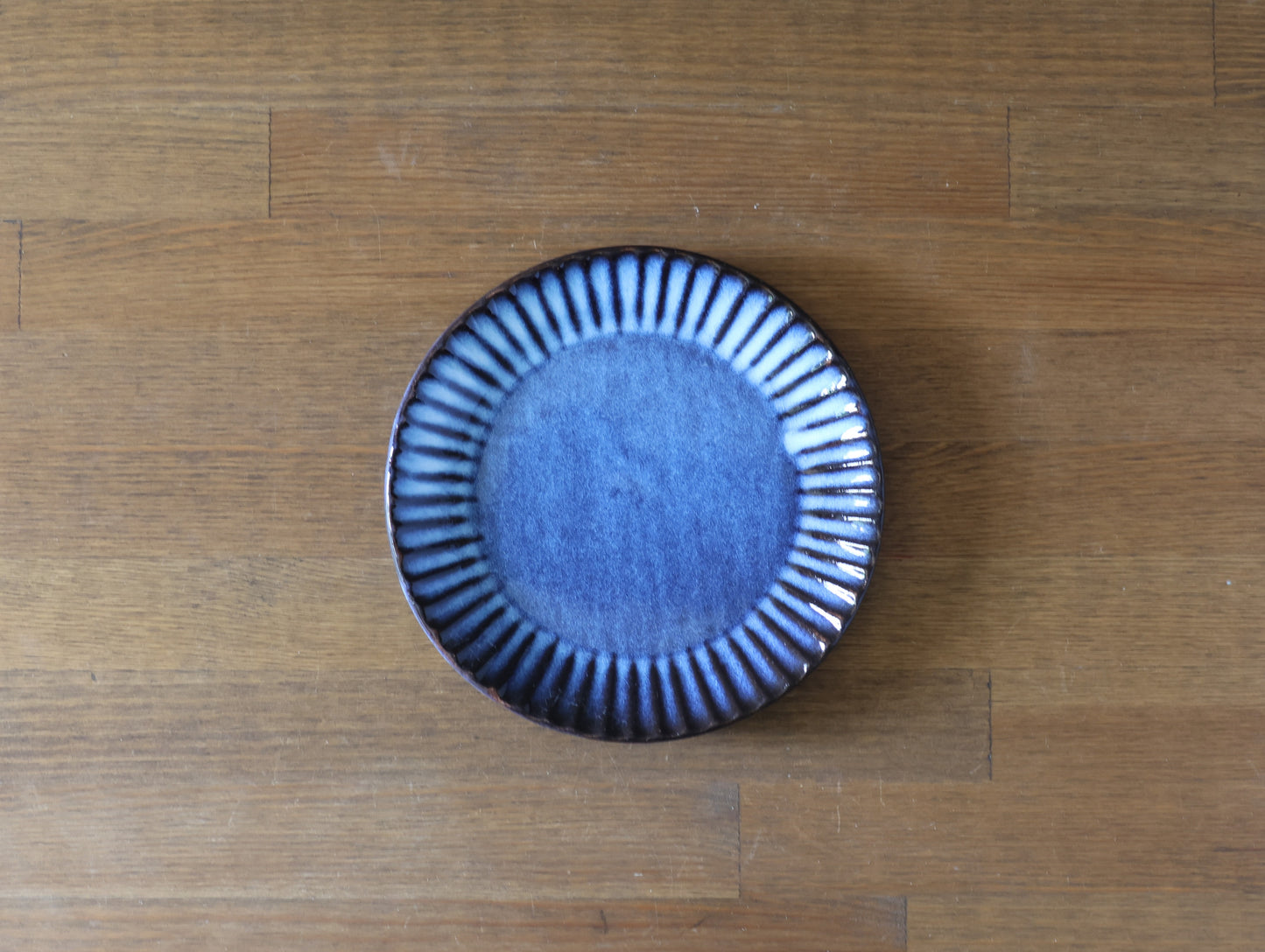
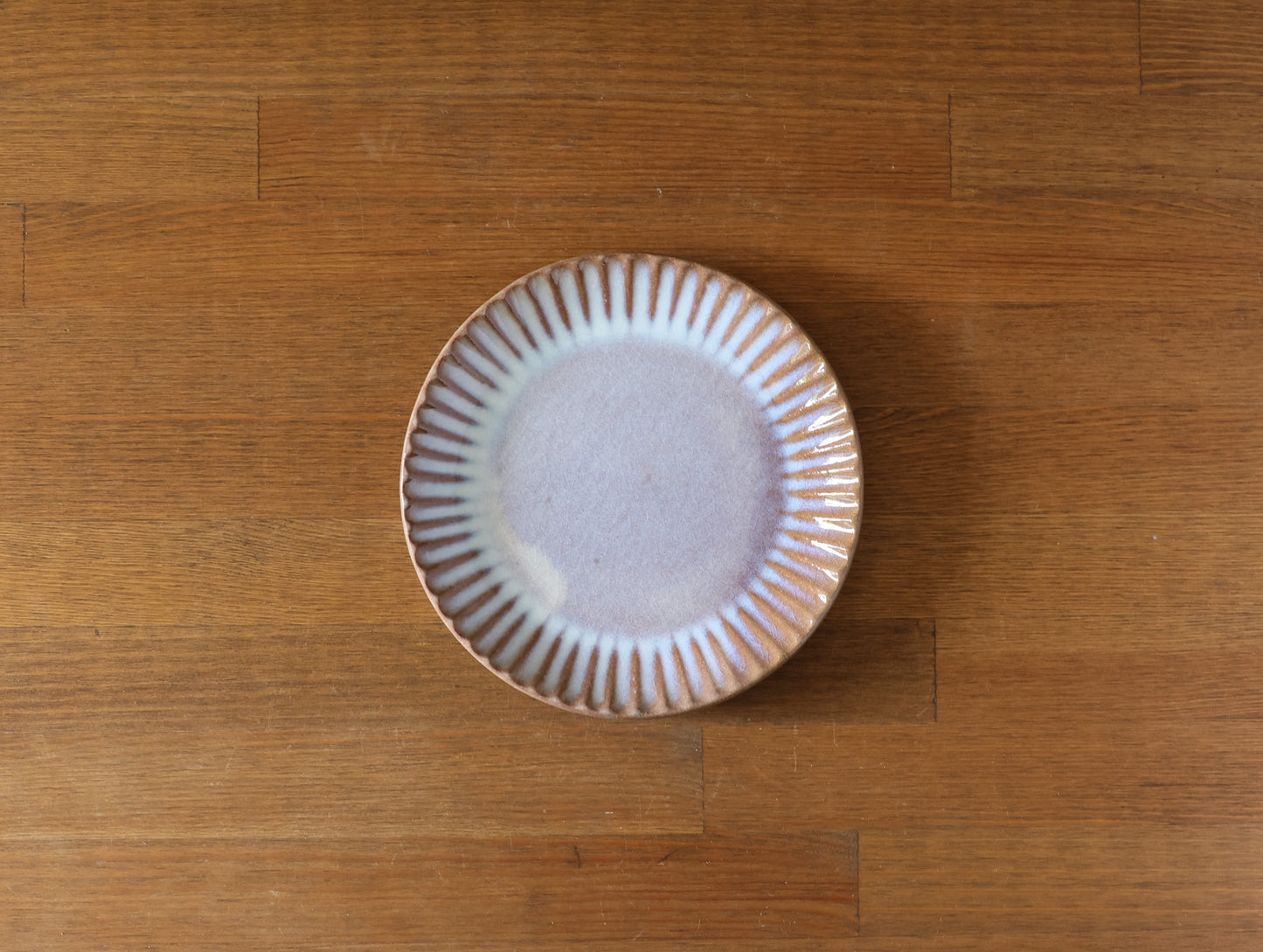
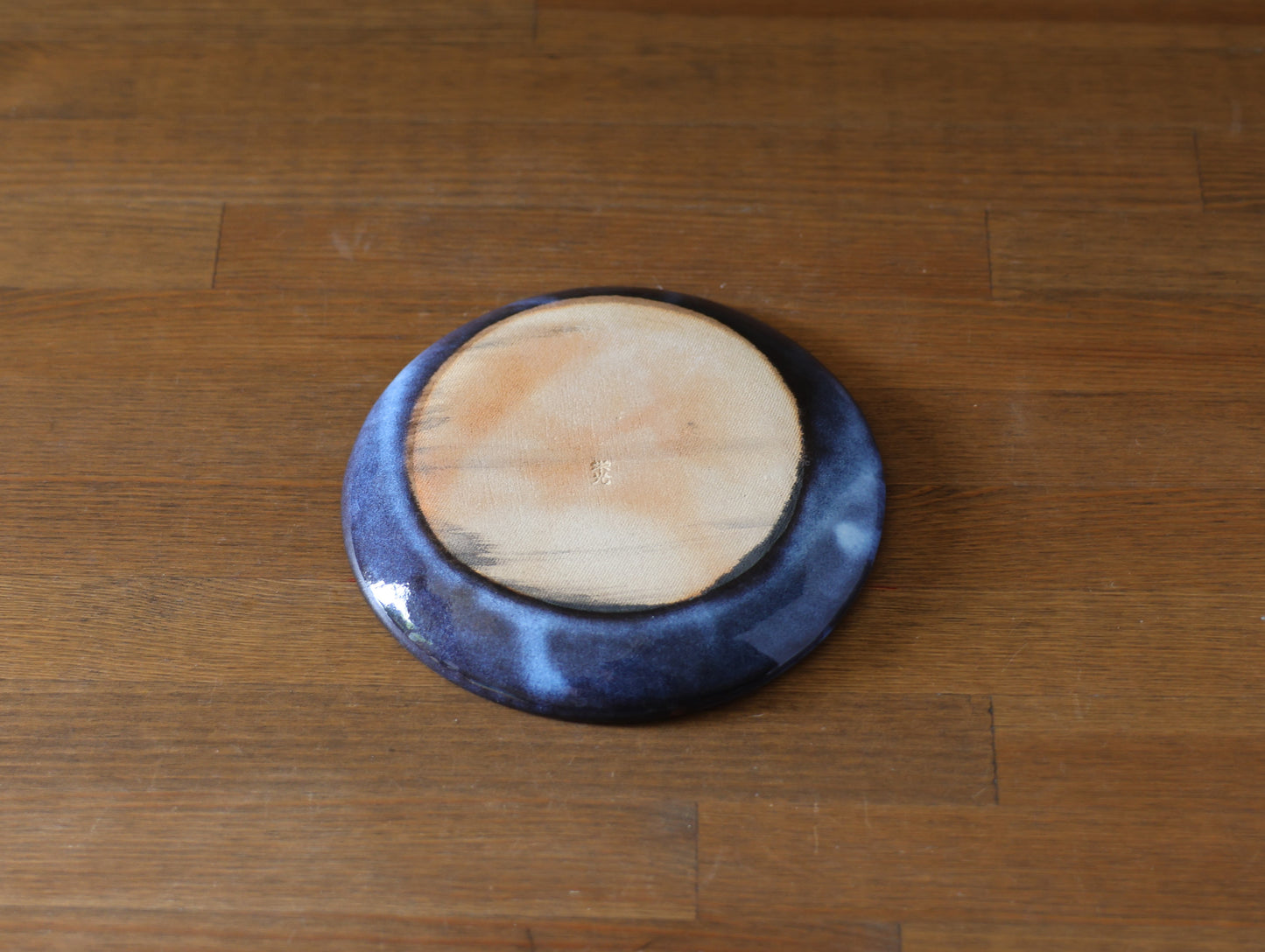
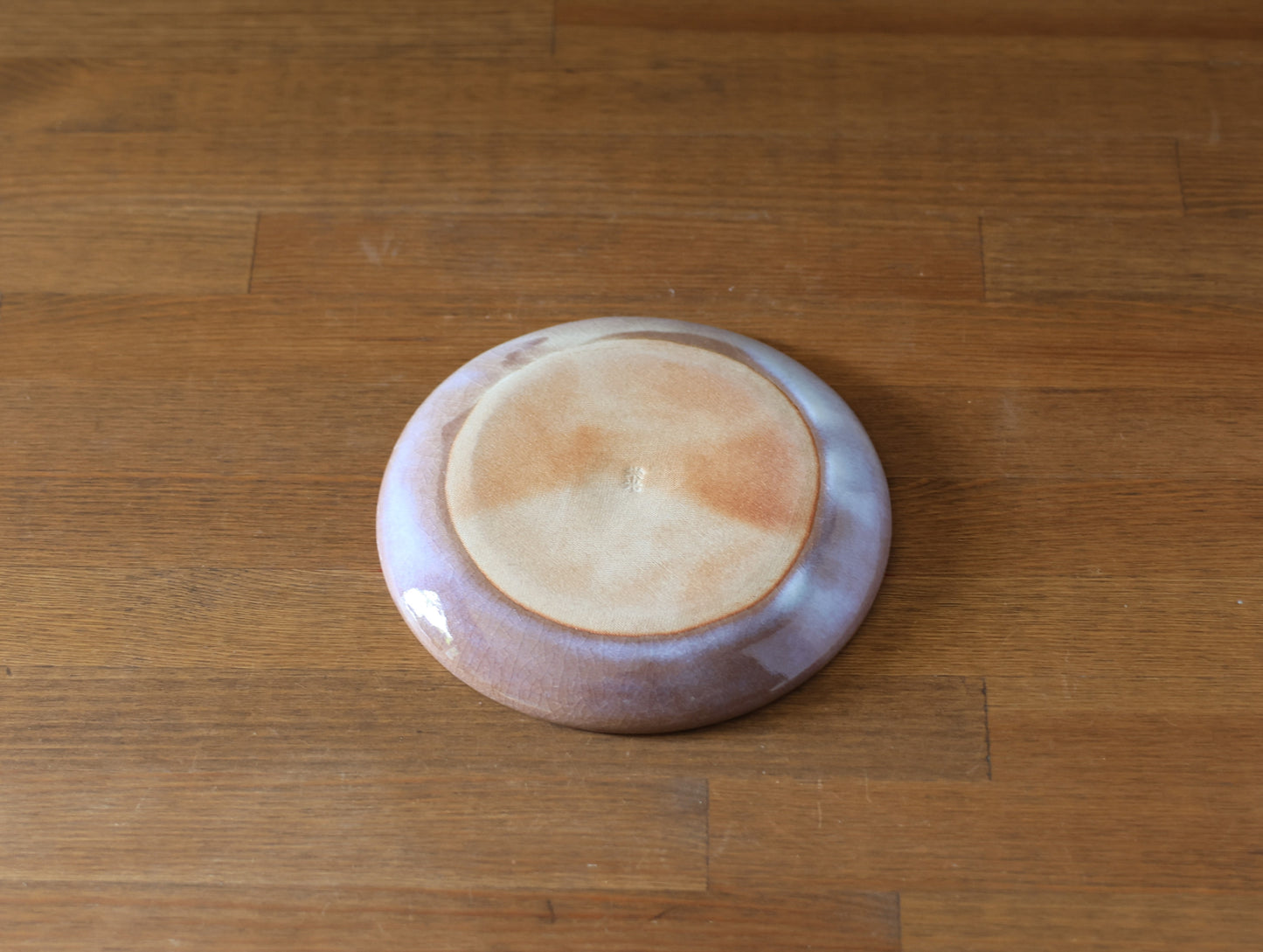
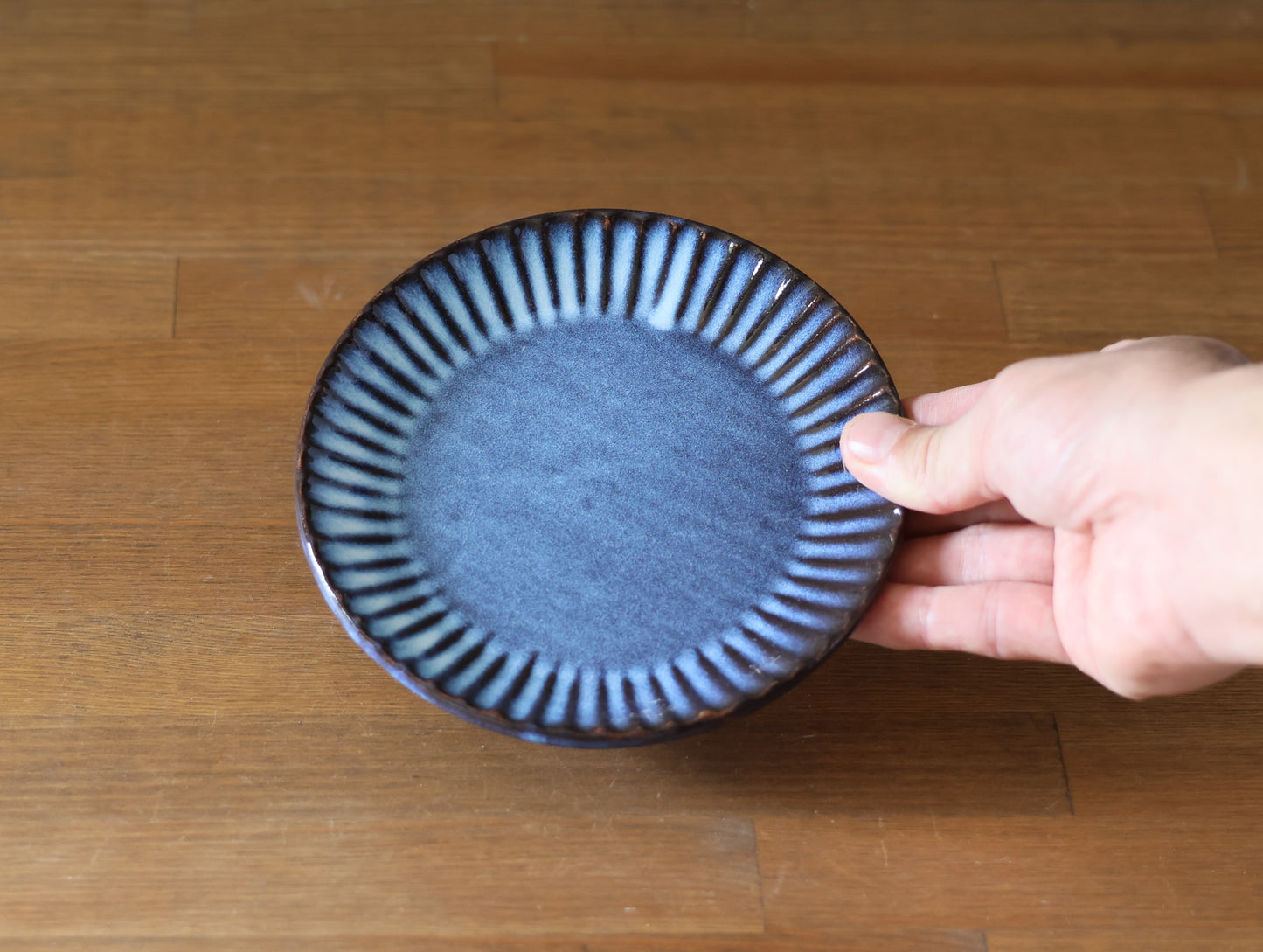
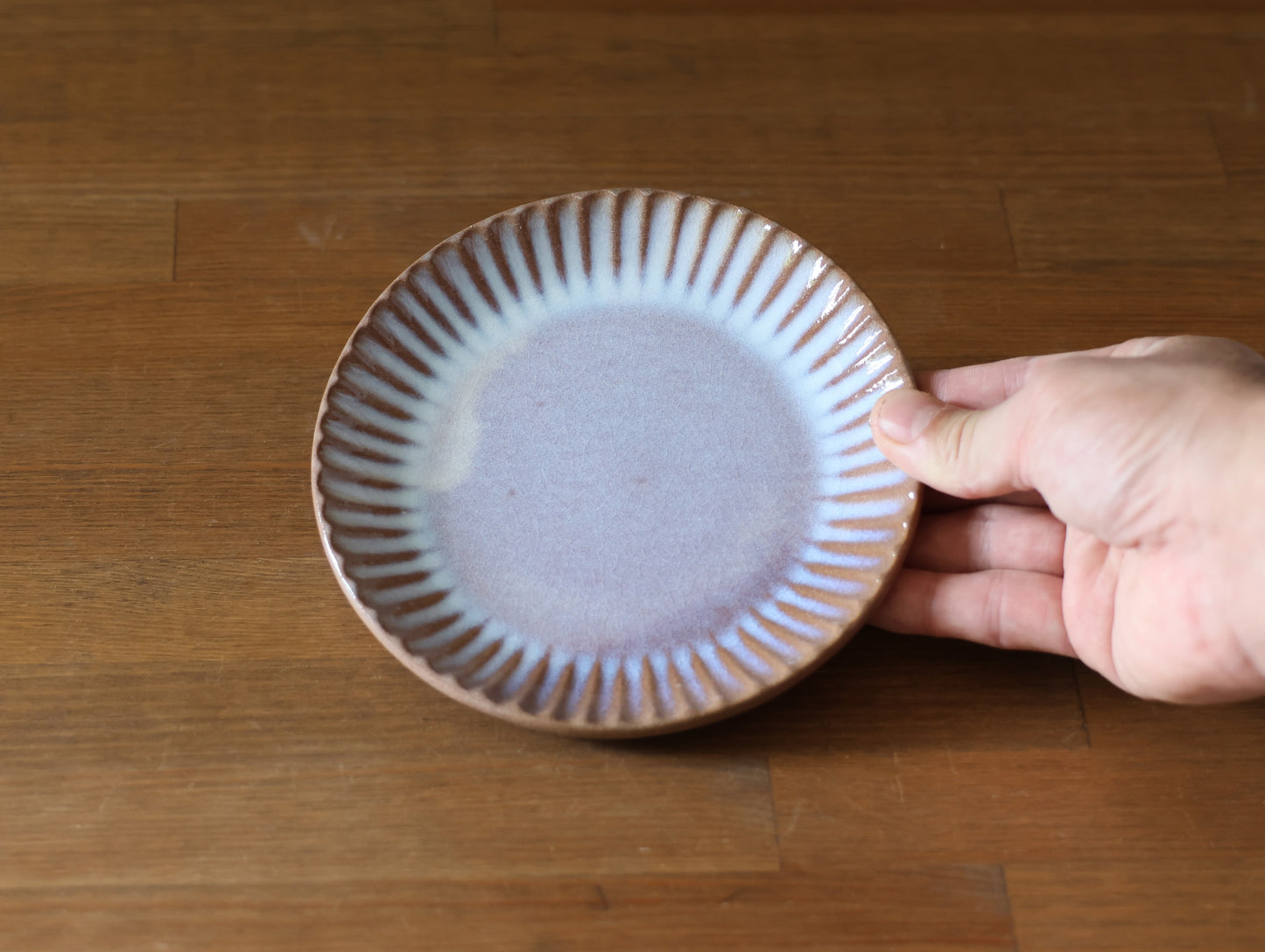
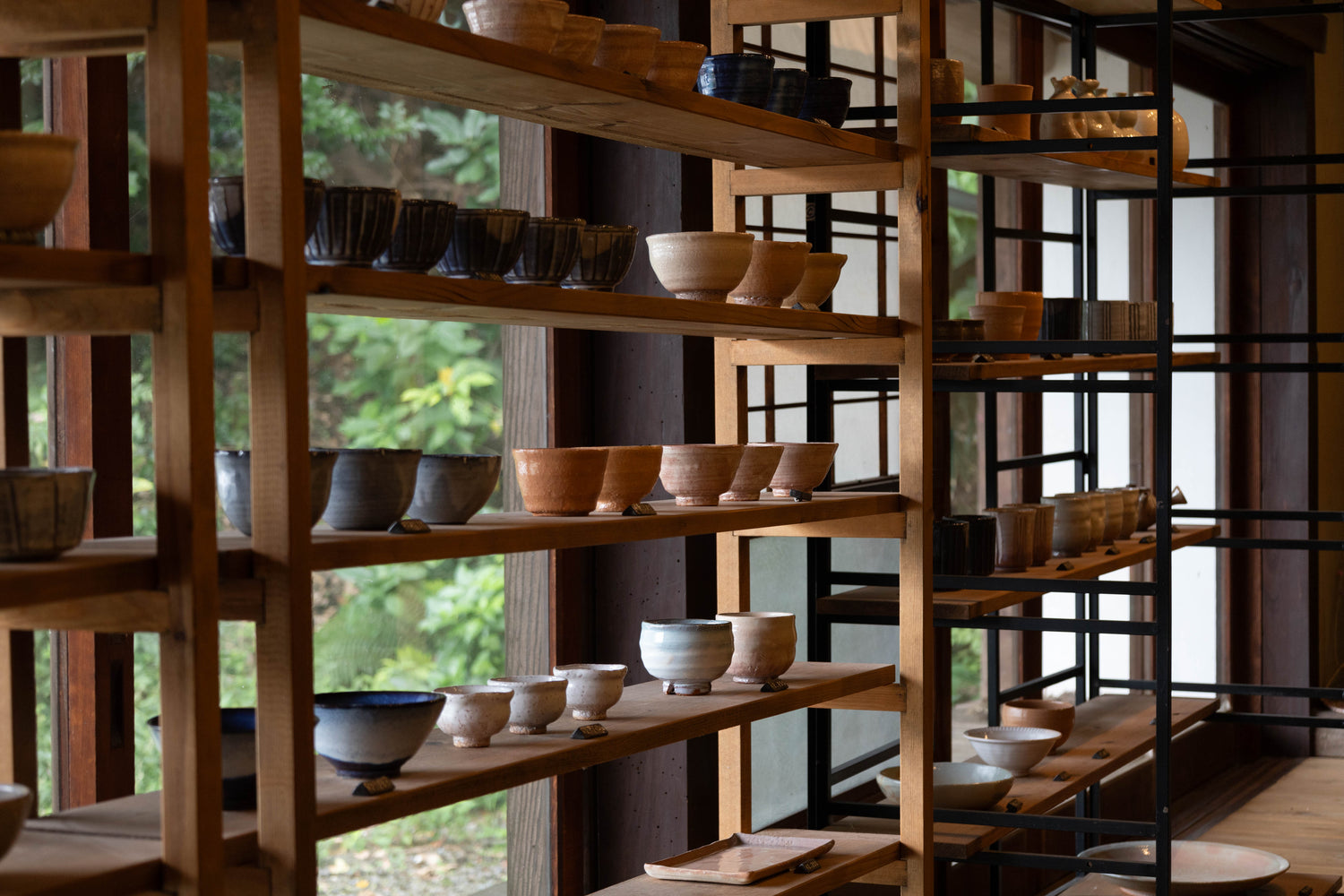
The history of Hagi ware
While it is said that the pottery came to be commonly called Hagi-yaki from the Meiji period onward, the history of Hagi-yaki dates back to the early Edo period. In Keicho 9 (1604), by the command of Mori Terumoto, the founder of the Hagi domain, Korean potters Ri Shakko and his younger brother Ri Kei established an official kiln, which is considered the beginning of Hagi-yaki.

Characteristics of Hagi ware
Hagi pottery is characterized by its soft texture that makes the most of the natural qualities of the clay. Additionally, as the temperature drops after firing, cracks called "crazing" appear on the surface due to the difference in shrinkage rates between the clay and glaze. One of the pleasures of using Hagi pottery is watching how the crazing gradually takes on color through use.
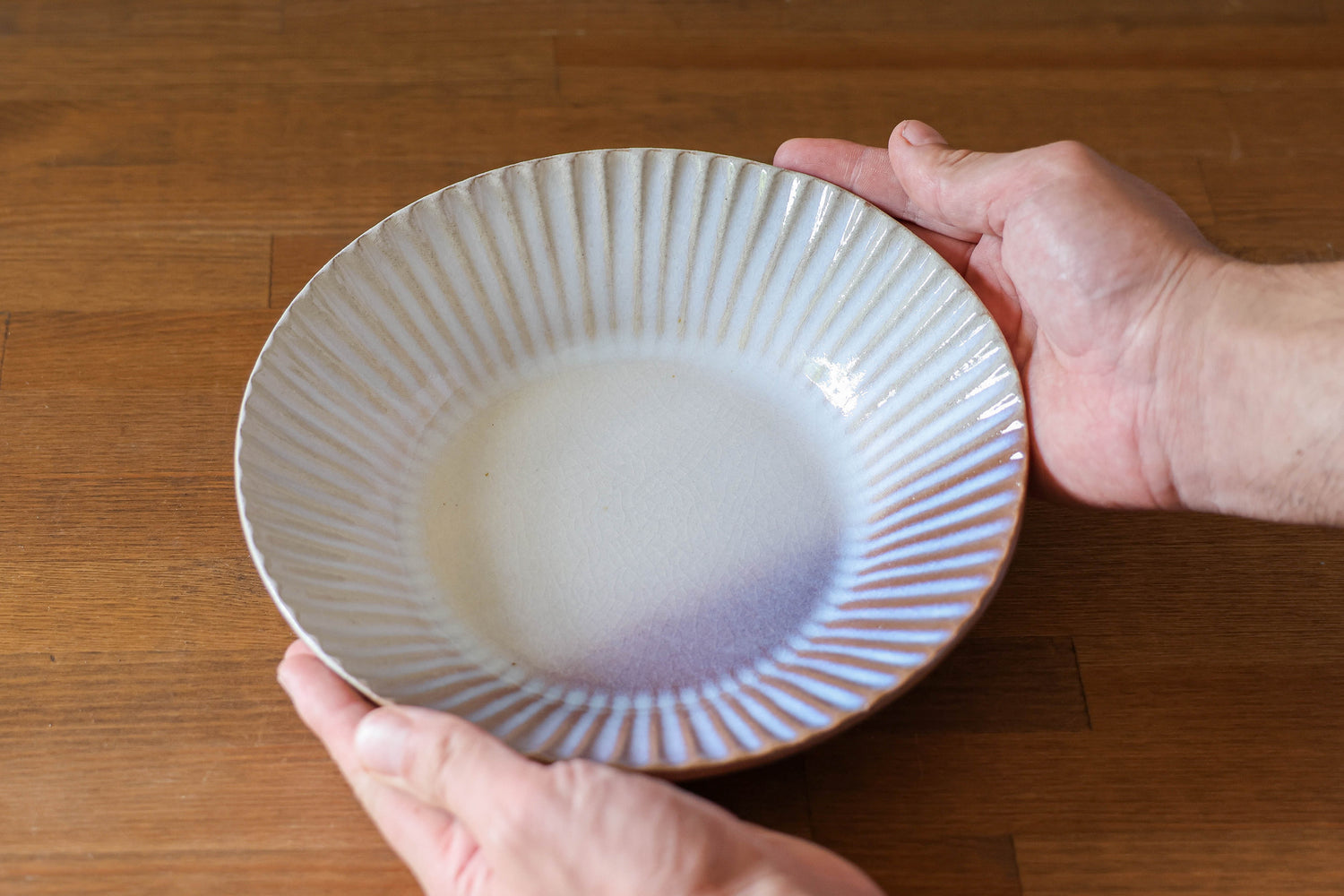
How to care for Hagi ware
Hagi pottery easily absorbs moisture. Before using the vessel, soak it in water each time and allow it to absorb water thoroughly, which will make it less likely to absorb liquids from food. After use, please ensure it is completely dry before storing.
Hagi ware
Hagi pottery originates from Hagi City in Yamaguchi Prefecture. This is the castle town of the Choshu Domain and the Mori family, which produced notable figures such as Yoshida Shoin and Takasugi Shinsaku.
The "crazing" that appears on the surface of Hagi pottery causes its character to change the more it is used. These ever-changing expressions are called "Hagi no nanabake" (the seven transformations of Hagi), which is one of the charms of Hagi pottery.










